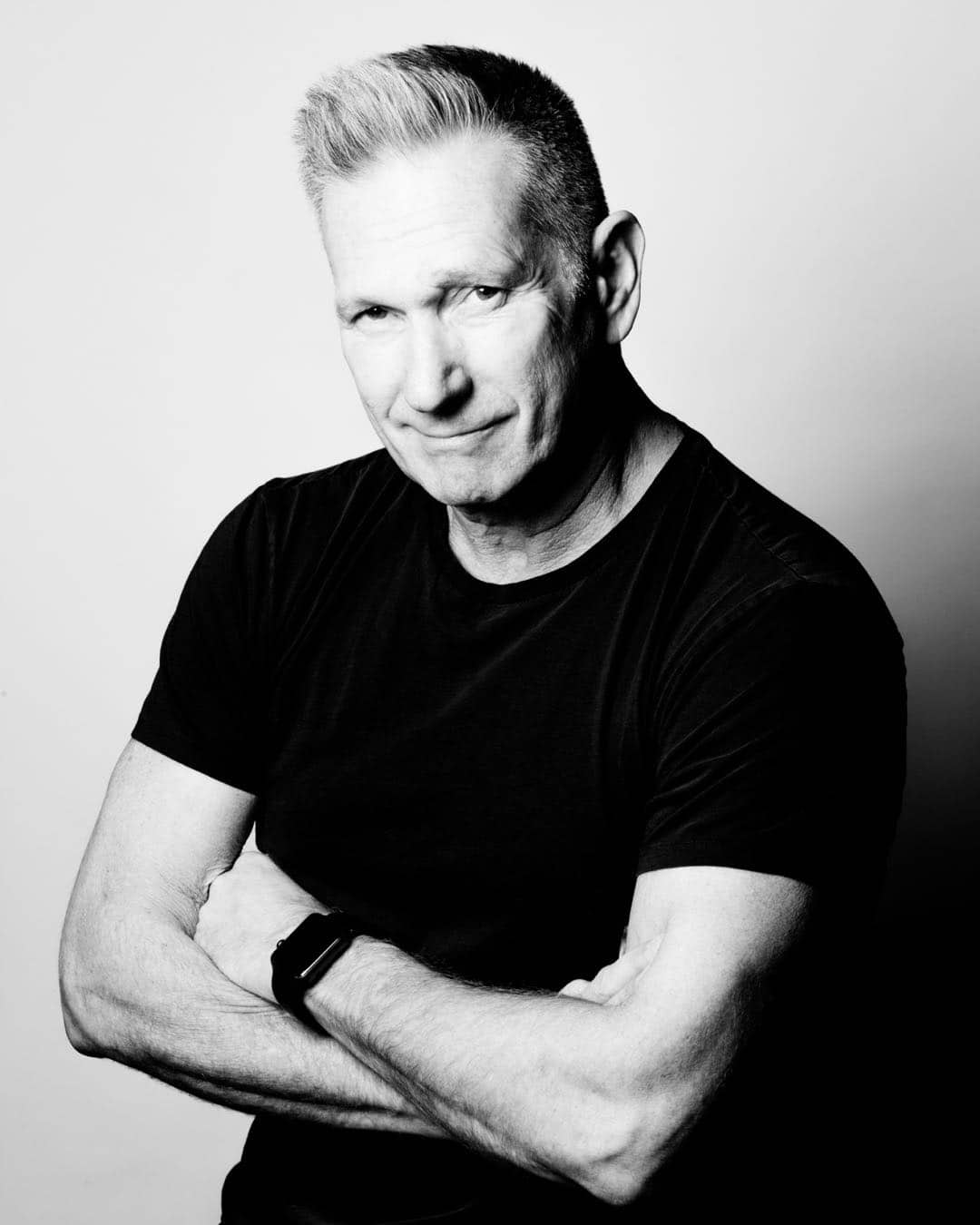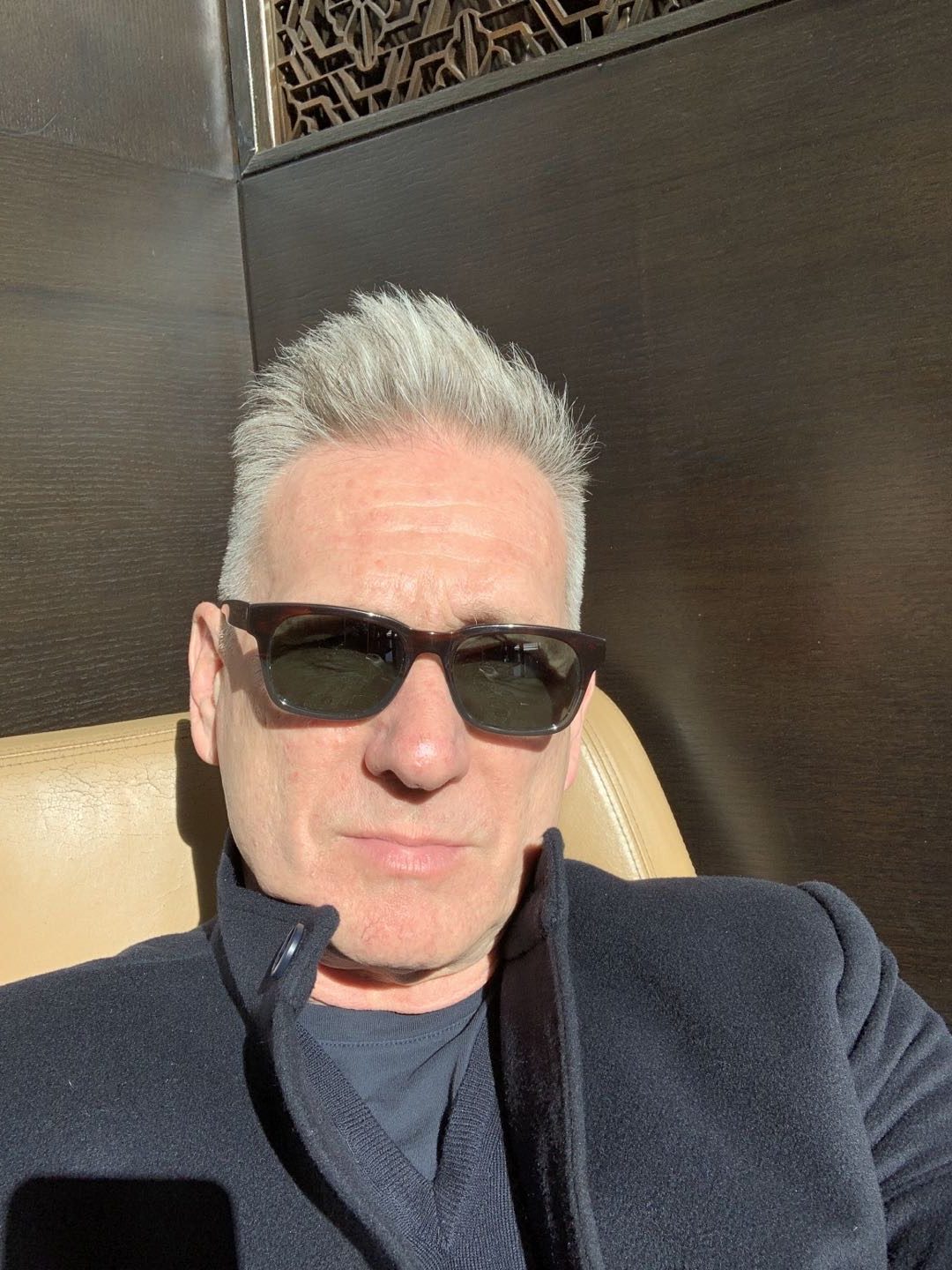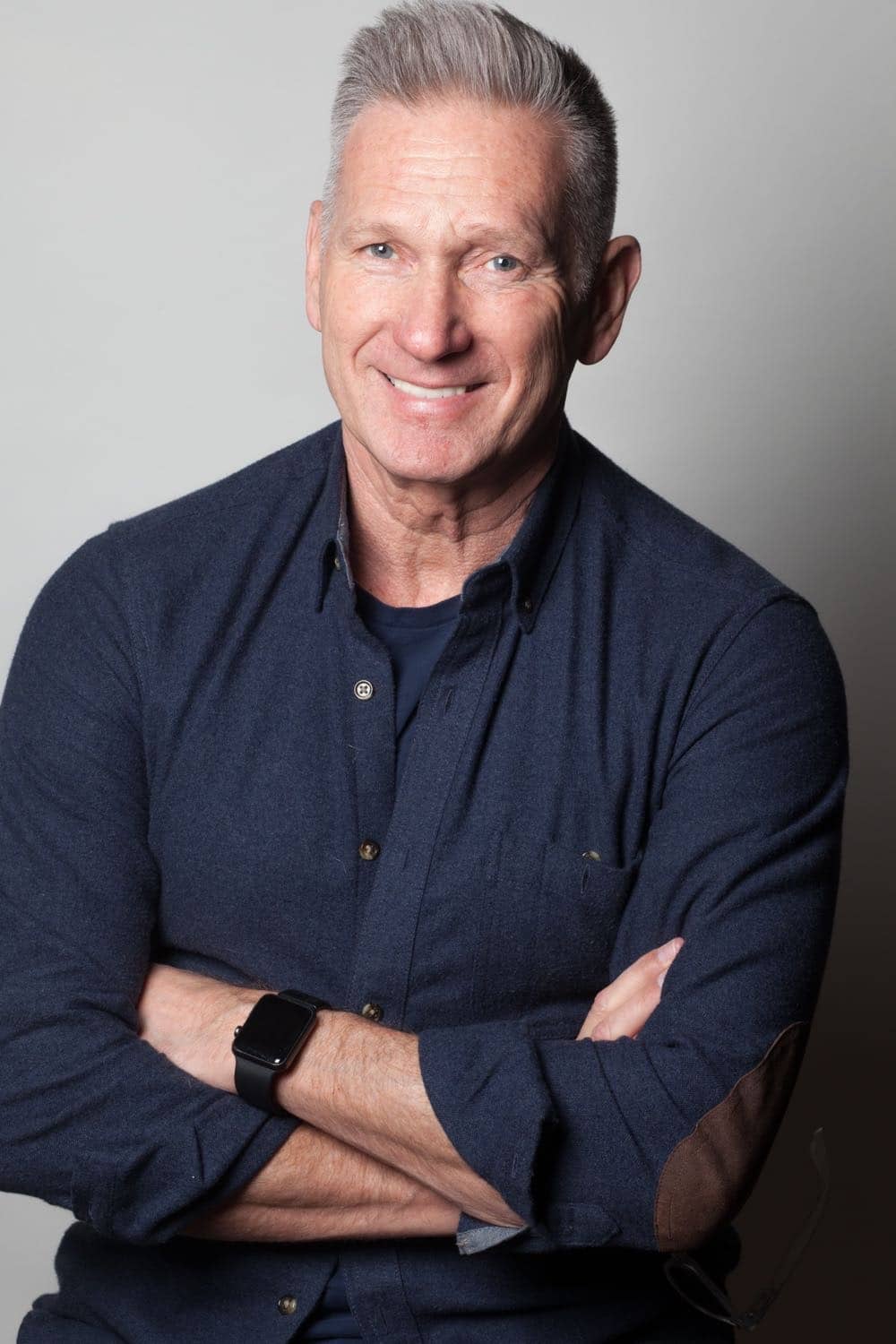How does a 64-year-old country boy from Texas become the head of business development for the 3rd largest tech company in the world, JD.com, the massive Chinese e-retailer? On the one hand, it seems improbable bordering on impossible. On the other hand, it seems somewhat inevitable. The willingness to go far outside one’s comfort zone, openness, and a drive to understand and participate in the future will get someone a long way. A good dose of southern charm and some dashing good looks doesn’t hurt either.
In the early 1970s, Mr. Bratcher worked on the Alaska pipeline to help pay for his college tuition. Shortly thereafter, while at college, he somewhat randomly got a job at Neiman Marcus on the sales floor, knowing nothing about fashion. A chance meeting with Stanley Marcus led him to become Mr. Marcus’ personal shopper. A few years later, an impromptu meeting with Barry Diller led to a senior management position in the early stages of QVC, which was a forerunner of e-commerce today. Then at Sony, he developed the first stand-alone store concepts in the company’s history. At Calvin Klein, he went on to oversee all global marketing, working directly with Calvin Klein. Then in 2001, he left to head Armani Exchange, reinvigorating the brand while working closely with Giorgio Armani. How does someone whose mom used to buy all his clothes, whose knowledge of fashion was more about the rodeo than Rodeo Drive, have such a series of culturally impactful jobs? This was a very long road to travel and it could not have been all that easy.
He is currently in senior management at a massive Chinese tech company. How is this possible? How does someone in their early sixties pivot from fashion to tech, and then China? What are the traits that we can learn from this unassuming, quiet man? I spoke with Harlan from his small home in upstate NY.
“Take what you know and apply it in new ways outside your comfort zone”
How did you have to adapt to work for a huge Chinese tech company? At 64, working in tech, and working for the third-largest tech company in the world, which is also China-based… that is a lot.
I’ve always been curious by nature from a young age. So, putting myself out there in unfamiliar situations became my comfort zone. It’s always challenging in the beginning with anything new. Take what you know and apply it in new ways outside your comfort zone. The average age at JD is 26 years old and I don’t speak Chinese, two big hurdles. Using my curiosity, experience, and market knowledge quickly made inroads and trust with my team.
How is your age perceived by the people you work with at JD? Asian company, respect for elders, but a fast-moving tech company. Ageism or age reverence? What do they make of you?
Everyone at JD has shown total respect for me in terms of age. When I meet or speak with colleagues I have not met yet, the conversation either begins with complimenting me on my accomplishments and telling me I come off very humble for someone with my background. Then they humbly tell me how honored they are to work with me. So definitely age reverence.
One of the biggest problems I find with the way Zoom has flattened the world are time zones issues. How do you manage that?
Almost all of my Zoom meetings are with Asia or Europe, so I’m always juggling anywhere from 6 to 12 hours’ time difference. If it’s a call with North America, Asia, and Europe, the call usually will have to be in the early morning US time. If it’s China, for example, it has to be either early morning or late evening for me. The challenge is that I’m very busy as soon as I awake and as busy before I go to bed. The middle of the day is the only time I have to organize myself and get other projects done.
“I want to work well into my 70s, or longer”
Why are you working? At 64, with your history, you probably don’t have to unless you want to.
I want to work well into my 70s, or longer. One of the things I’m most content about is having found the right work and personal life balance. Not easy but makes me very happy.
How did you go from the family oil business to becoming Stanley Marcus’ personal shopper? Wrangler jeans to Neiman’s. That would seem like quite a leap.
I’m from Texas and my family builds oil & gas pipelines. While working on the Alaskan Pipeline at 19 years old it was hard but exciting work. To me, it was like working on the moon. However, I knew that there was a different future. Talk about putting yourself outside of your comfort zone! After two years in Alaska, I was going back to college, having taken the last two off for work. A girlfriend of mine was a fashion merchandising major. That seemed like 180-degree different thing to do, so I changed all my courses to hers.
“Customers may not know what they want but they certainly respond when someone authentically listens”
While attending the University of Texas in Austin another friend recommended that I should get a part-time job at a retail store like Neiman Marcus and transfer to a Dallas school. I thought that was a good idea and moved at the end of the semester. I applied for a part-time evening position at Neiman Marcus and I did well. This was a new experience for me, and I quickly realized how much I loved helping people and making them happy. Not knowing anything about fashion, really, I took a total naive approach and just listened. Customers may not know what they want but they certainly respond when someone authentically listens.
Fast forward, I was working one weekend and Stanley Marcus walks in. Everyone was terrified to approach him because of who he was. Stanley Marcus famously would not buy anything from anyone or anywhere unless he was sold. He was looking at a table of sweaters that were on sale. I approached him and started describing the sweaters and how special they were. He said, “Oh, really? Tell me more.” At the end of the conversation, he bought one of the sweaters for his wife as a birthday gift and immediately trusted me. From time to time he would often reach out for personal needs and long after I left Neiman Marcus we stayed in touch.
“One has to have a guiding star, the common thread for me is the future”
You have re-invented yourself, and the businesses you are working with over and over. What is powering you?
The common thread for me is the future.
Concerning your interest in the future, how do you gather the information that is useful to you? How do you put the power of your curiosity into action? How do you direct it?
I’m always fascinated by new technology or new ways to solve problems. For example, home shopping / QVC was the first digital shopping platform. That’s why I jumped at the chance to work with Barry Diller at QVC. When Barry left QVC he introduced me to Sony executives that were creating the first Urban Entertainment Center in San Francisco called Metreon. I was hired as Head of Retail Development and created the Sony Store and Microsoft store. This was all years before the Apple Store was even thought about. We were the first electronic retailer to take electronic devices out of a glass box. We created the idea of “High Tech and High Touch”. Meaning products were placed on open tables for customers to experience without having to ask someone to help. We also created the first touch screen listening station.
I am struck by speaking with you, and knowing some of your history, how easy-going you seem. But you have traversed a huge amount of minefields and are constantly adapting. What have some of your biggest personal struggles been?
One has to have a guiding star, so to speak. It comes in many forms. Mine is future commerce or retail. As we discussed, always putting yourself out there has big rewards but setbacks at times. If you look at my career path from physical retail to e-commerce, it actually all makes sense in the choices I’ve made.
Challenges of Remote Working
What is something you are working on now in yourself that is particularly challenging for you?
The hardest thing for me now is working from home remotely because of COVID-19. I’ve always either been on a big team or managed one. I really am energized by others, so having to learn to self-motivate and inspire myself hourly and daily is a huge challenge. It’s easy to get distracted!
When you take on a new challenge, be it QVC or Calvin or A/X, all of which you have had such positive impacts on, what is going through your mind? Are you excited, are you scared, are you curious?
I take a different approach to each one because they were unique. If it is an existing business and I’m brought in to build on what was done before or a new start up, it takes different approaches but listening, learning and leadership apply to all.
“Any relationship is about listening and sharing the ups and downs”
You have been with Toby a long time — 28 years? What have you learned from being in a relationship that long?
Toby and I are married but have been partners for 28 years. Any relationship is about listening and sharing the ups and downs. The easy part are the ups and the real test are the downtimes. Toby’s passion for people and making the world a better place I’m most in awe of. He literally wrote the book on corporate social responsibility. I’m very proud of him and thrilled about his book ”The Caring Economy”.
For someone who has run these huge organizations, you are so easy-going. What are your thoughts on control? What can you impact? How do you let go of things?
I think if you ask anyone who ever worked with me that question, I hope they would say that I let them do their jobs. Leading by example, having clear goals and providing the tools needed to accomplish them makes work a lot less stressful for everyone. Shared risk and reward are key.
Luxury E-Commerce
When we last spoke you had just had a couple of calls with the higher ups at two of the most well known European fashion brands. Why are they interested in doing business with JD? My understanding is that these big brands totally control their sales and distribution. I can’t imagine Gucci selling on Amazon.
China represents about 45% of global luxury consumption. JD.com’s customer shops for luxury on our platform. In fact, 90% of our $82.9 billion in revenue for 2019 was placed by mobile. The luxury consumer is very educated and comfortable shopping via mobile. This is not the case in the West.
Creating the Perfect T-Shirt
What is the innovation you have brought to the world that you are most proud of? I’m personally a huge fan of the A/X T-shirt, but my guess is there are some bigger innovations we should know about.
When I started at A/X Armani Exchange as CEO, I learned the business very quickly, knowing the taste and vision of Mr. Armani and his reason for launching A/X as accessible Armani. We had T-shirts on the line; they were great but knew they could be better. I worked with the team to create the perfect T. It seems simple and every brand from designer to mass sells T’s. My challenge to the team was: How do we get every cover of GQ to showcase our non-logo T? We did just that and it became about 10% of our annual sales. We also were the first brand to remove all labels from the T-shirt. Instead it was printed on the inside back of the neck. Now it is ubiquitous in most T’s, but we were the first.
My role model is James Bond. He always gets through the crises. Top three role models for you?
Yes, ditto on James Bond!
Favorite TV shows?
Schitt’s Creek — just finished all seasons!
Personal Style Advice
Men’s wardrobes at our age can be so confusing. Since you have been in the fashion/style business for decades, how do you dress? Uniforms? T-shirts? What advice would you give to someone our age on what to wear?
It really is easy for guys. We love a uniform. About 25 years ago, I started wearing only navy. Everyone else in the 90s started wearing black. I usually wear T-shirts and dress it up with a navy blazer. These Zoom days it’s a navy T for me!
The ideas expressed here are solely the opinions of the author and are not researched or verified by AGEIST LLC, or anyone associated with AGEIST LLC. This material should not be construed as medical advice or recommendation, it is for informational use only. We encourage all readers to discuss with your qualified practitioners the relevance of the application of any of these ideas to your life. The recommendations contained herein are not intended to diagnose, treat, cure or prevent any disease. You should always consult your physician or other qualified health provider before starting any new treatment or stopping any treatment that has been prescribed for you by your physician or other qualified health provider. Please call your doctor or 911 immediately if you think you may have a medical or psychiatric emergency.
AUTHOR

We will never sell or give your email to others. Get special info on Diet, Exercise, Sleep and Longevity.



